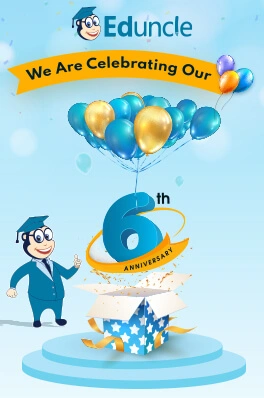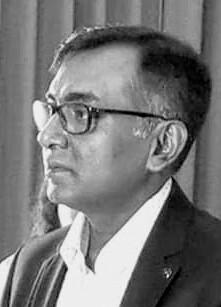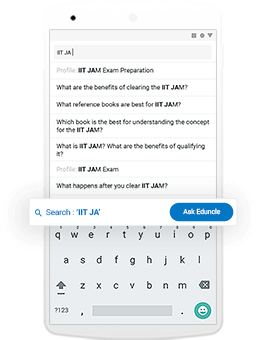Time management is very much important in IIT JAM. The eduncle test series for IIT JAM Mathematical Statistics helped me a lot in this portion. I am very thankful to the test series I bought from eduncle.
Nilanjan Bhowmick AIR 3, CSIR NET (Earth Science)Do You Want Better RANK in Your Exam?
Start Your Preparations with Eduncle’s FREE Study Material
- Updated Syllabus, Paper Pattern & Full Exam Details
- Sample Theory of Most Important Topic
- Model Test Paper with Detailed Solutions
- Last 5 Years Question Papers & Answers
Sign Up to Download FREE Study Material Worth Rs. 500/-










 >
>







Deb dulal halder Halder![best-answer]()
BEAT Poets In the 1940s and 50s, a new generation of poets rebelled against the conventions of mainstream American life and writing. They became known as the Beat Poets––a name that evokes weariness, down-and-outness, the beat under a piece of music, and beatific spirituality. At first, they organized in New York City, Los Angeles, and San Francisco. By the 1950s, poets at the heart of the movement had settled in the Bay Area, especially in neighborhoods near Beat poet and publisher Lawrence Ferlinghetti’sbookstore, City Lights. Beat poets sought to write in an authentic, unfettered style. “First thought, best thought” was how central Beat poet Allen Ginsberg described their method of spontaneous writing. Poetically experimental and politically dissident, the Beat poets expanded their consciousnesses through explorations of hallucinogenic drugs, sexual freedom, Eastern religion, and the natural world. They took inspiration from jazz musicians, surrealists, metaphysical poets, visionary poets such as William Blake, and haiku and Zen poetry. In his article “Driving the Beat Road,” Jeff Weiss explains, “More than a half-century after their emergence, the Beats still offer up wild style, a sense of freedom and wonder for the natural world almost unrivaled in postwar literature.” Beat poetry emerged from the disillusionment that followed World War II, a period of unimaginable atrocities including the Holocaust and the use of nuclear weapons against Japan. Following the end of the war, the United States and the Soviet Union quickly entered a Cold War, a period of geopolitical hostility that created paranoia and cultural and political repression at home. By the mid-1950s, the Beats helped to spearhead a cultural vanguard reacting against institutionalized American values, materialism, and conformity. On October 7, 1955, the Beats gave their first major public poetry reading, a seminal event held at Six Gallery in San Francisco. Among the five poets to perform their work was Allen Ginsberg, who first read “Howl,” a poem in the tradition of Walt Whitman that Ginsberg described as “an emotional time bomb that would continue exploding… the military-industrial-nationalistic complex.” Other Beat poets included Diane di Prima, Neal Cassady, Anne Waldman, and Michael McClure. Although William S. Burroughs and Jack Kerouac are often best remembered for works of fiction such as Naked Lunch and On the Road, respectively, they also wrote poetry and were very much part of the Beats as well; Kerouac is said to have coined the term "Beat generation," describing the down-and-out status of himself and his peers during the post-war years. By about 1960, the Beat movement as a fad had begun to fade, though its experiments with form and its social engagement continued and had lasting effects. The movement produced a number of significant writers, including Ferlinghetti, Gregory Corso, Philip Whalen, and Gary Snyder; the poet LeRoi Jones had also been part of the Beat circle and published their work in his magazine Yugen, though he broke with the movement in the 1960s. The Beats paved the way for broader acceptance of other unorthodox and previously ignored writers, such as the Black Mountain poets and the novelist William S. Burroughs.